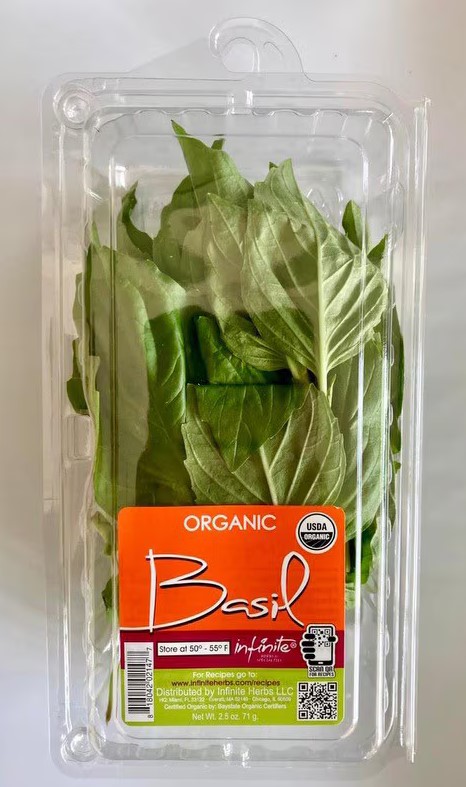CARB-X announced today that it is awarding up to $1 million to diagnostics and health technology company Scout to develop a rapid and inexpensive point-of-care diagnostic test for gonorrhea that could be used at sexually transmitted infection (STI) clinics and urgent care centers.
The funding will help Scout demonstrate proof-of-concept and feasibility for STI-Scout, a test that will detect and differentiate between Neisseria gonorrhoeae and Chlamydia trachomitis in 30 minutes using urine samples or vaginal swabs, at less than half the cost of other options. The test uses a proven isothermal technology that was validated for SARS-CoV-2 detection.
The hope is that the inexpensive, easy-to-use interface could expand access to gonorrhea testing to the lowest levels of the healthcare system, particularly in low- and middle-income countries (LMICs). Of the roughly 82 million gonorrhea case reported globally in 2020, the highest prevalence was reported in LMICs.
Expanding access to gonorrhea testing
CARB-X (Combating Antibiotic-Resistant Bacteria Biopharmaceutical Accelerator) research and development director Erin Duffy, PhD, says the impact of such a test could be huge.
"There is a need for affordable, accurate, and easy-to-use tests that expand access to testing for and proper treatment of Neisseria gonorrhoeae to urgent care centers, STI clinics, and the like," Duffy said in a CARB-X press release. "Given the prevalence of gonorrhea globally, and the growing prevalence of drug-resistant gonorrhea, to diagnose quickly and affordably would allow physicians at all levels of the healthcare system to treat rapidly with the most appropriate therapy."
There is a need for affordable, accurate, and easy-to-use tests that expand access to testing for and proper treatment of Neisseria gonorrhoeae.
The test is the second diagnostic and ninth project to receive an award through CARB-X's 2022-23 funding call.













